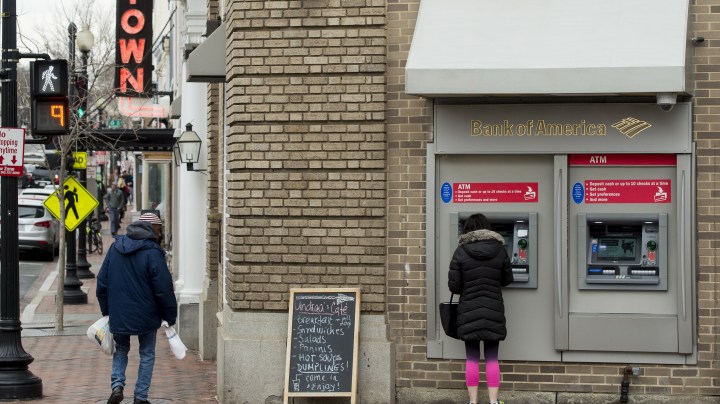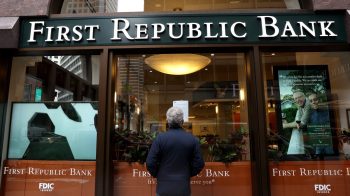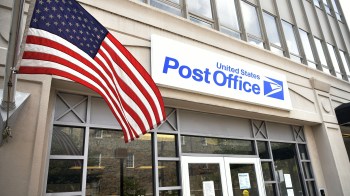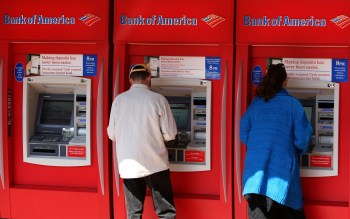
A recent report from the Federal Reserve found over 40% of rural counties lost bank branches between 2012 and 2017. These closures come with economic consequences for the communities they used to serve. According to the Fed, there are more than 18 bank branches per hundred square miles in urban areas. In rural areas, it averages out to fewer than two branches.
Both urban and rural areas saw about about a 7% drop in the overall number of bank branches. But rural areas tend to feel those losses more keenly, said Merhsa Baradaran, a law professor at the University of California-Irvine who has written books on local banking.
“There’s wide swaths of the country where there’s no bank branch and the closest ATM is at, like, a 7-Eleven or a gas station,” she said, pointing out the high transaction fees such facilities often charge. “And then, how do you cash your paycheck? You have to go to a check casher. How do you get small credit? You go to a payday lender.”
All of which usually come with higher fees than traditional bank branches, increasing the cost of using their own money for people in rural areas. But not all rural areas are equally affected.
“If you look at where branch closures are occurring and in rural communities, disproportionately it is rural communities that have higher proportions of African Americans,” said Jesse Van Tol, CEO of the National Community Reinvestment Coalition.
“You see just an incredible withdrawal of bank branches from some of the nation’s poorest communities and clearly some banks are making a choice, a decision to not serve those communities any longer, at least with a bank branch.”
The Federal Reserve points out that mobile banking, with features like online check deposits, now provides some of the services delivered by traditional branches. The American Bankers Association points to its research showing that “seven in 10 Americans use a mobile device to manage their bank account at least once per month, and 46% do so more than three times a month.”
But the Federal Reserve found that many of those mobile services still don’t meet the needs of small businesses. That’s what they’re seeing at the North Carolina Rural Center, which promotes economic development in the state’s rural counties. Senior fellow for research and policy at the center, Jason Gray, says branch closures can make the day-to-day operations of small businesses harder.
“If you have a small business and you have cash on hand, you have to shut down your business for a while to go make a long drive to make a bank deposit,” he said.
There’s a lot happening in the world. Through it all, Marketplace is here for you.
You rely on Marketplace to break down the world’s events and tell you how it affects you in a fact-based, approachable way. We rely on your financial support to keep making that possible.
Your donation today powers the independent journalism that you rely on. For just $5/month, you can help sustain Marketplace so we can keep reporting on the things that matter to you.


















